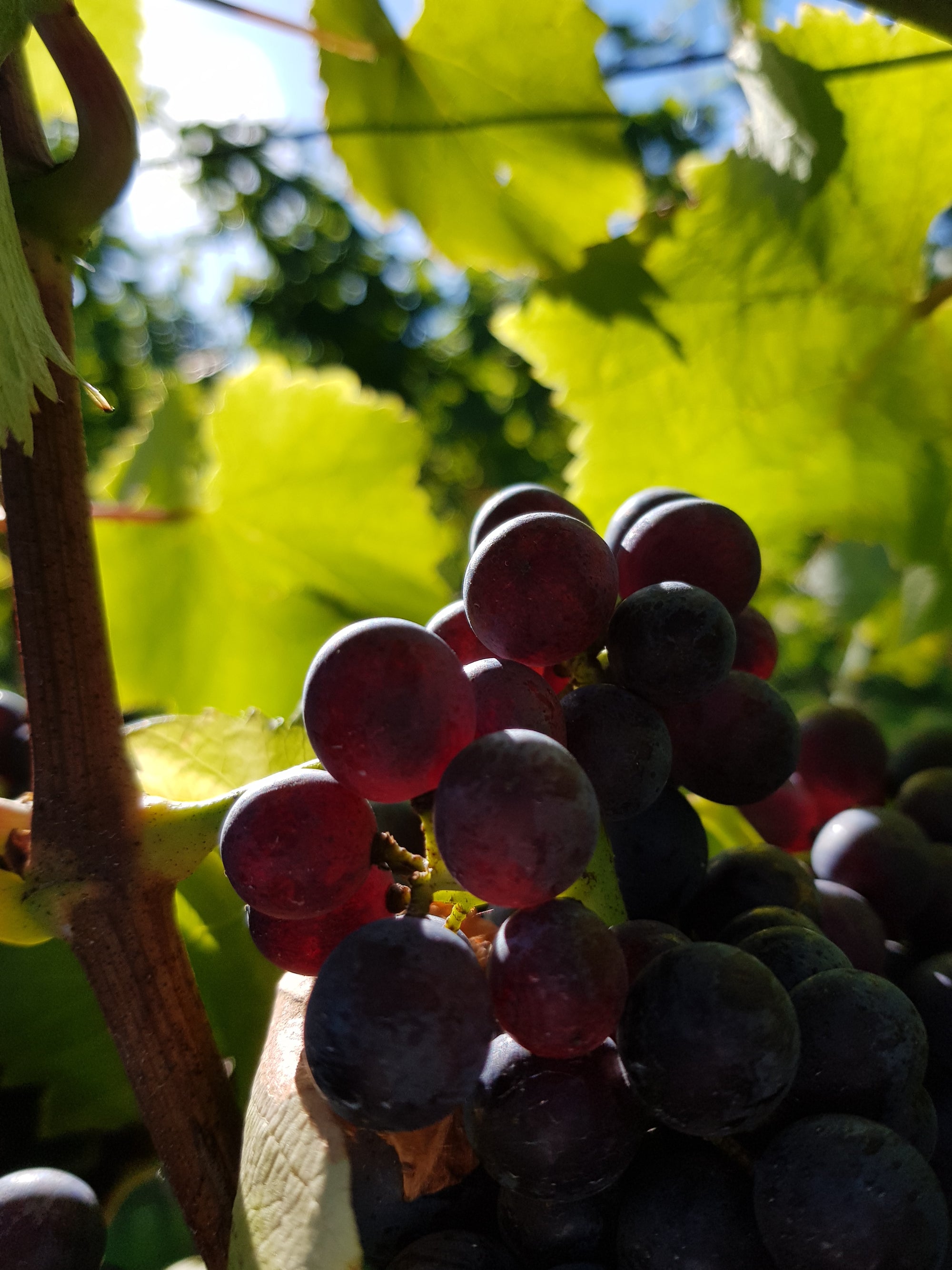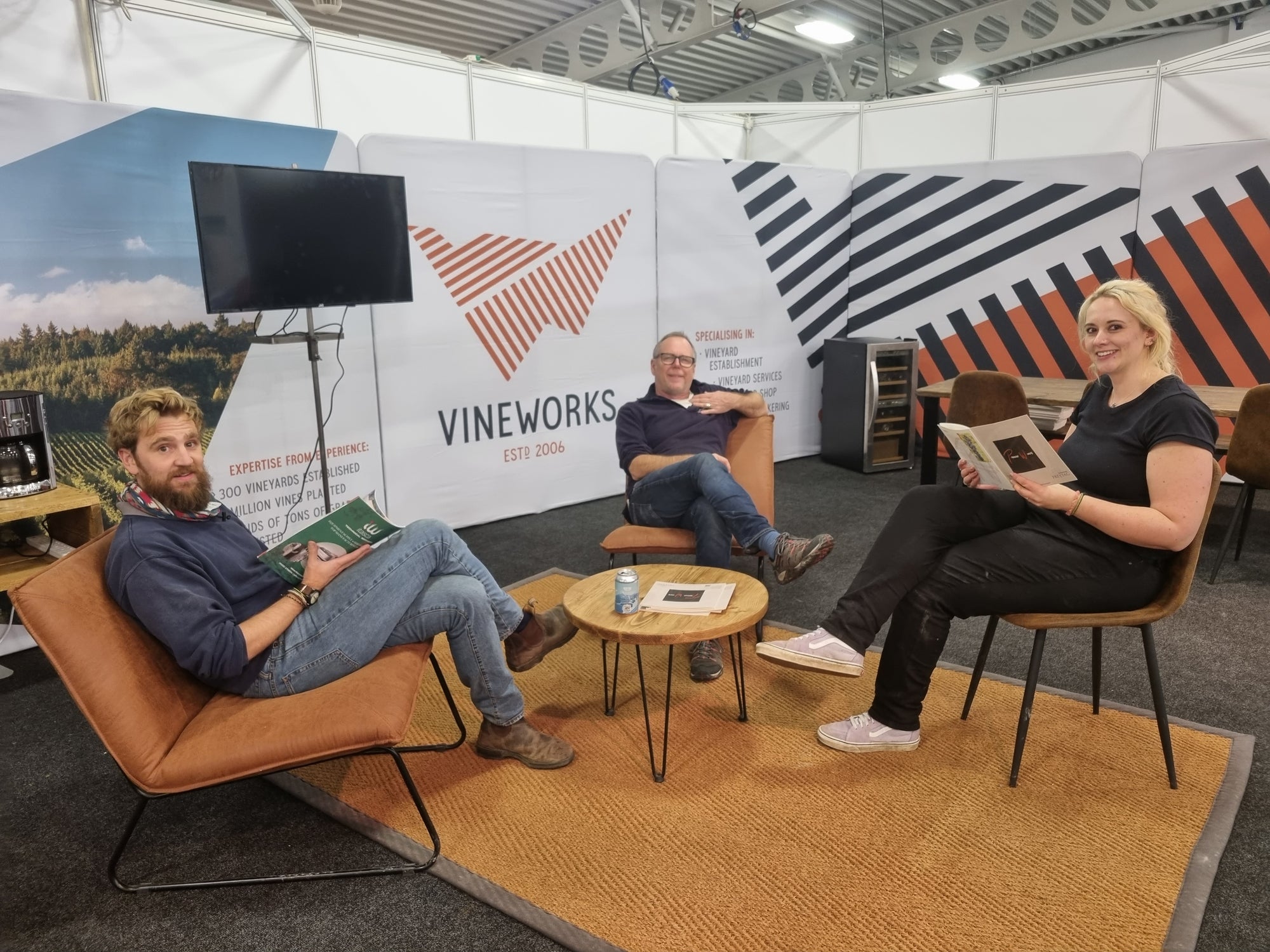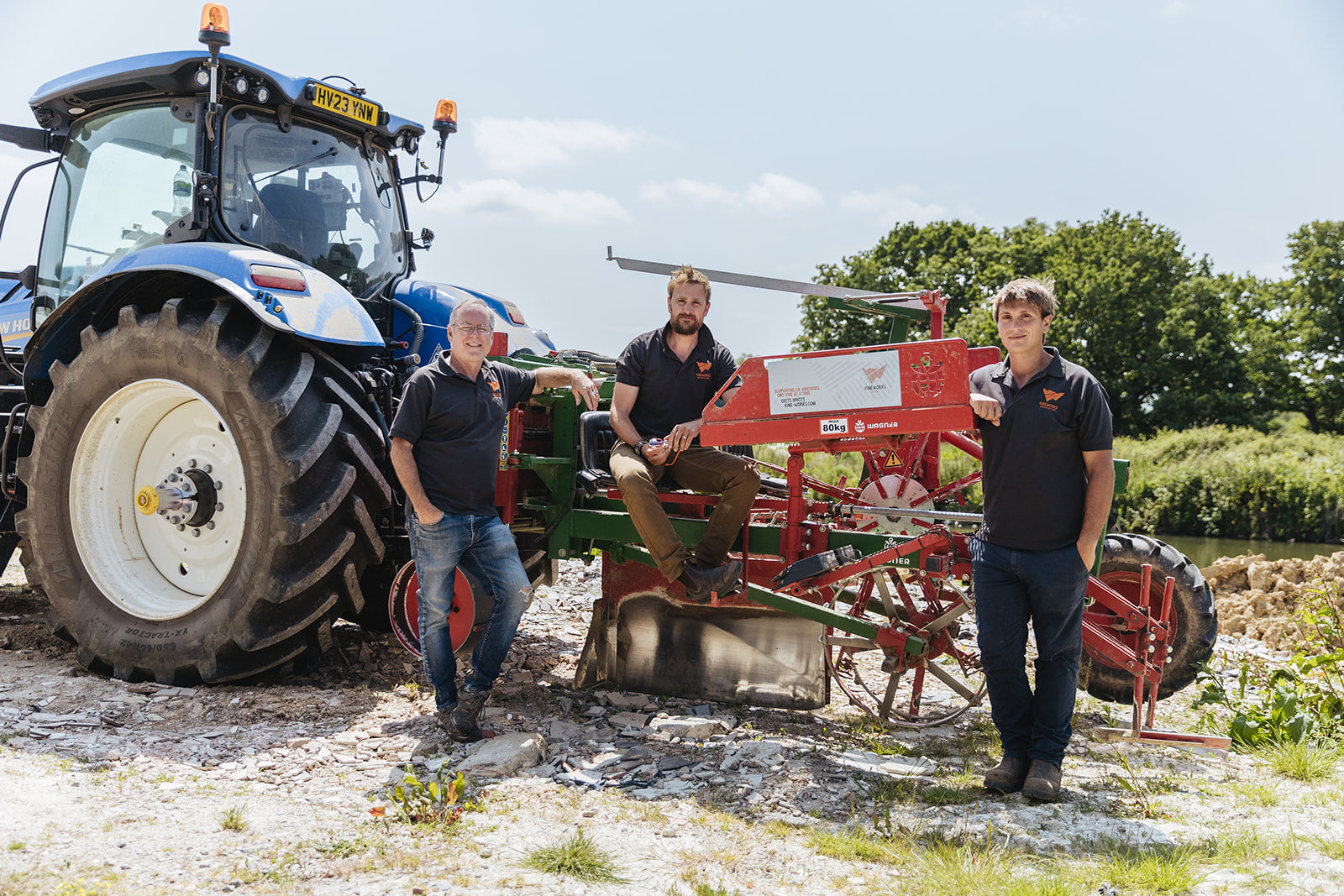

THREAT OF PRICING OURSELVES OUT OF THE MARKET
Are the 2022 fruit prices sustainable, and where is the wine lake?
For as long as I have been a consultant in the UK (17 years now), the industry has been nervous of over production and the creation of a wine lake. With the number of hectares planted over the last decade it would stand to reason that we should start to question where it will all go. There are more qualified people who understand the mechanics of market forces etc, but from a viticulturist’s point of view it would appear that there is a significant threat of pricing ourselves out of the market, and unfortunately fruit prices are bound to stay high for the next several years.
There are two common avenues to acquire fruit for wine businesses that need a steady supply of grapes. The first is to purchase grapes on the open market as and when needed by using a broker or one of the grape exchange websites that have cropped up in recent years. The second is to entertain a long-term contract (c.10 years) at a fixed price, usually slightly lower than the average spot market price. In this scenario, the grower is sacrificing income for long-term security. Historically there were very few pure growers who sold exclusively on the open market. It did not make sense to grow large amounts of fruit without a secure destination and price. The spot market was usually a place to sell excess fruit, but was never a part of a grower’s business model because of its volatility.
For the last couple of years, the spot market has been heating up and is becoming a preferred option for the grower. Those under contract have seen the average market grape price rise from £2,000 a ton in 2018 to well over £2,800 to £3,000 this year. For a grower with five years left on a contract this is going to be painful to watch, as others reap the rewards. You might argue that, while under contract, you avoid the volatility of the open market, but the truth is it has only been going one way... up. What is driving the price up year after year and keeping it there? Demand is continuing to exceed supply.
Over the last six years there have been a number of large players entering the market. This is fantastic for our industry, but it has resulted in some chaos. Some have come in to produce traditional method sparkling and others have gone for different styles of wines, such as Charmat method, still and/or sparkling wine in cans. They have arrived on the scene with well-established routes to market and, in some cases, even own the distributorships. Their business models are to get volume up as quickly as possible to meet the huge volume big distributors and global retailers demand. Some of these businesses have no intention of ever owning vineyards, while others have invested in vineyards and are relying on the spot market until they have their own (mature enough) source. It is safe to say that, historically most grapes have been accounted for and the demand the big players are now putting on the market is causing some havoc. They would all love to be under a contract, but there aren’t enough grapes available.
The 2022 harvest will by all accounts go down as one of the UK’s great vintages. Though it is still too early to fully understand this vintage, (data is still being collected) in most cases there were spectacular ripeness results, including Pinots from Essex that reportedly came in at plus 14% potential alcohol – quite possibly a first for the UK. Yields may have been slightly compromised by the long drought conditions over the summer, but I would expect a final report of exceptional quality with average yield. The point is that, recently, neither annual yield nor exceptional quality has driven the price of grapes up. Instead, it is high demand and the lack of vineyards to supply.
As a result, this harvest has seen questionable actions taken by some growers which is justifiable or not depending on your point of view. It has been reported that some growers took to selling fruit ‘out the back door’ while under contract to another buyer; the spot market price being so good that the contract price no longer seemed reasonable. That is a valid point. Are some of these long-term contract prices (e.g., £1,800 per ton) sustainable for a grower who is just as exposed to inflation and higher costs as everyone else. The grower might argue that the producer can raise the bottle price, but they are stuck with a long-term set price deal. Some growers who have naturally come out of contract are preferring not to enter into a new contract as they see the fruit prices staying high over the next three years or so. Many well-established producers who rely on long-term contract growers felt the pain this year when secure fruit failed to arrive. Perhaps it’s time to re-evaluate older contract prices for the grower’s sake and a secured fruit supply.
In the short-term, one would simply suggest to solve the demand problem we plant more vineyards and thus more fruit becomes available leading to a sustainable fruit price. However, I am aware that there will likely be more large players entering the market over the next several years planning to purchase now and wait for planted mature fruit later.
So, do more planted vineyards and subsequent production lead to a UK wine lake? Who is to know for sure. This is the conundrum that all wine producing countries have faced at some point or another and our time might be just around the corner.



